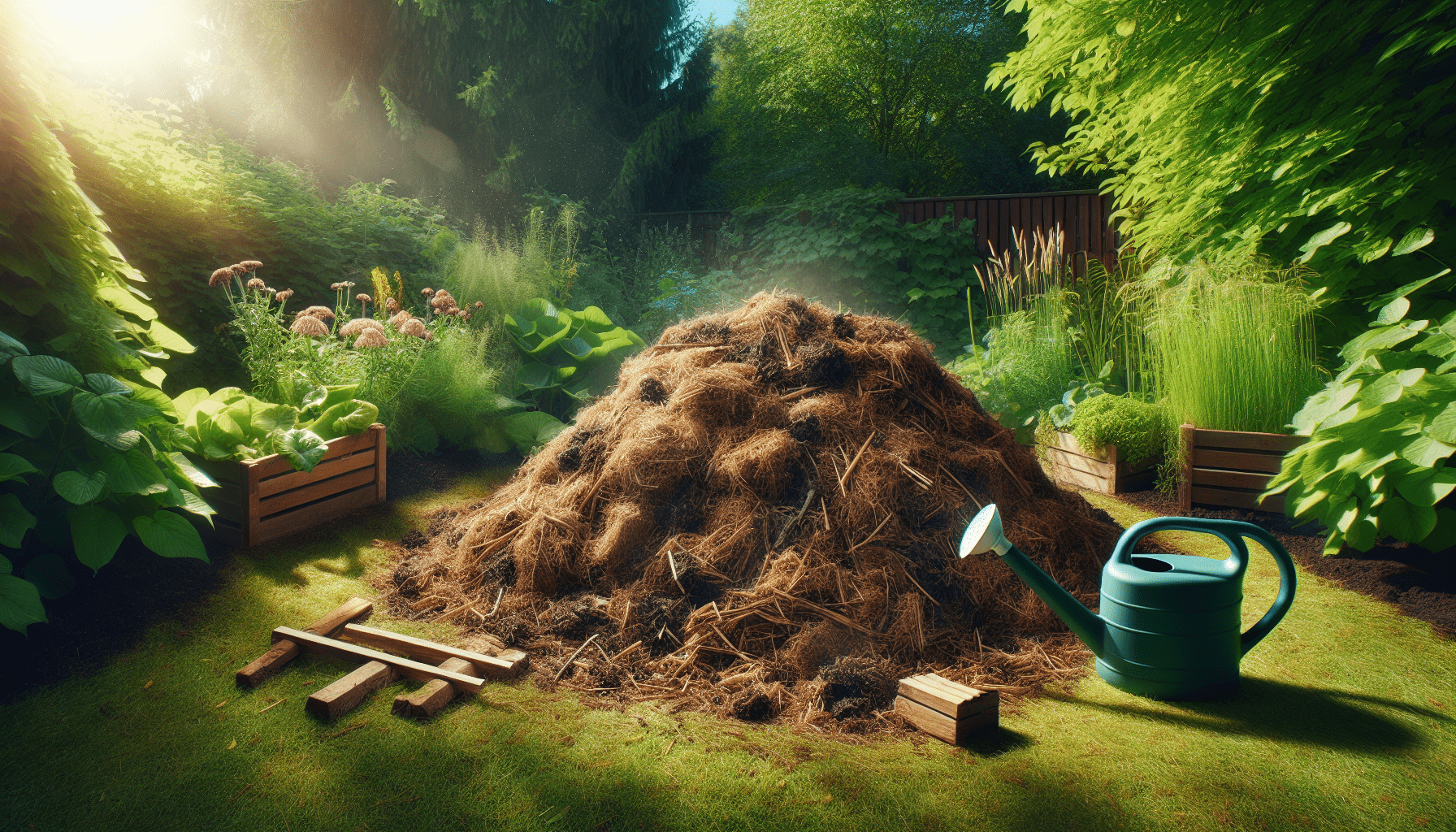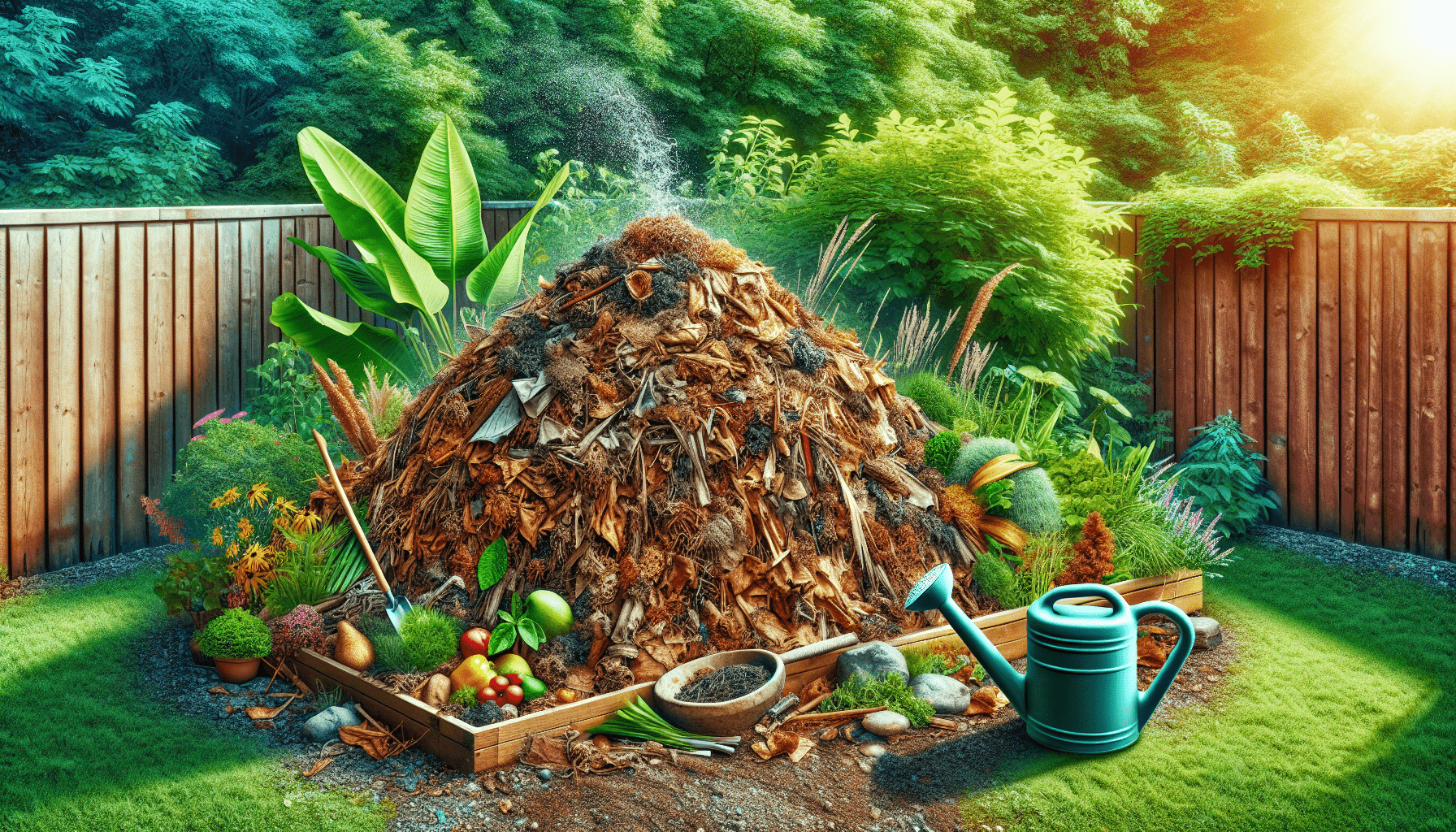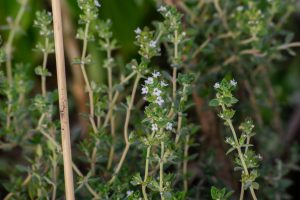In our journey towards sustainable living, maintaining a healthy compost pile is essential for turning our organic waste into rich, fertile soil. If we find that our compost pile is too dry, it can hinder the decomposition process and stall our eco-friendly efforts. In this article, “What Should I Do If My Compost Pile Is Too Dry?”, we delve into practical tips and effective solutions to revitalize our dry compost. Together, we will explore ways to monitor moisture levels, introduce the right balance of “greens” and “browns,” and use moisture-retaining materials to ensure our compost thrives. Let’s work hand-in-hand to create the perfect conditions for our compost pile to transform into the valuable resource it is meant to be. What should we do if our compost pile is too dry? This question often boggles the minds of both novice and experienced composters. A dry compost pile can be a real challenge, affecting the decomposition process and ultimately, the quality of our compost. But don’t worry! We’re here to help guide you through the steps to troubleshoot and revive a dry compost pile.
Understanding Compost and Its Importance
To begin, it’s essential to understand what compost is and why it’s vital for our gardens. Compost is essentially decomposed organic matter that enriches the soil and helps our plants grow healthier. It serves as a natural fertilizer, soil conditioner, and a way to recycle organic waste.
Signs of a Dry Compost Pile
How do we know if our compost pile is too dry? Here are some telltale signs:
- Dry Texture: When we touch the compost, it feels parched and doesn’t clump together.
- Slow Decomposition: The pile takes longer than usual to break down.
- Lack of Worms and Microorganisms: Few or no worms and other decomposers inhabit the pile.

Causes of a Dry Compost Pile
Several factors can lead to a dry compost pile. Let’s explore these causes in detail:
1. Insufficient Moisture
Moisture is crucial for the microbial activity that decomposes the organic matter in our compost. Without enough water, these microorganisms can’t do their job effectively.
2. Poor Air Flow
Good aeration helps to maintain the moisture balance within the compost pile. Too much air can dry out the pile, while too little air can lead to a soggy mess.
3. The Weather Factor
Climate plays a significant role in maintaining our compost pile’s moisture. Hot and dry weather, in particular, can cause our compost to dry out quickly.
How to Rehydrate a Dry Compost Pile
Fortunately, there are multiple ways to bring our dry compost pile back to life. Let’s go through each method:
1. Adding Water
The simplest solution is often the most effective. We can use a garden hose or watering can to add water directly to the compost pile. Remember to add water gradually and mix the pile well to ensure even moisture distribution.
| Step | Description |
|---|---|
| Initial Wetting | Lightly sprinkle water over the compost pile to begin rehydrating. |
| Mixing | Turn the compost with a pitchfork or shovel to ensure that water reaches all layers. |
| Check Moisture | After initial wetting and mixing, check the moisture level by squeezing a handful of compost. |
| Adjust | If it’s still dry, repeat the process. If it’s too wet, add dry materials like straw or leaves. |
2. Incorporating Wet Ingredients
If our compost pile is still too dry despite adding water, we can add more wet (green) ingredients. These materials naturally contain higher moisture levels.
| Wet Ingredients | Examples |
|---|---|
| Fruit and Vegetable Scraps | Peels, cores, and spoiled produce. |
| Coffee Grounds | Used coffee grounds and filters. |
| Grass Clippings | Freshly cut grass (be careful not to add too much at once). |
| Manure | Animal manure (ensure it’s from herbivores and properly aged). |
| Weeds and Green Plants | Non-invasive, non-seeding weeds and green plant trimmings. |
3. Using Mulch or Straw
We can layer mulch or straw on top of our compost pile. This layer will help retain moisture within the pile by reducing evaporation, especially in hot weather.

Balancing Brown and Green Materials
Maintaining the right balance of brown (carbon-rich) and green (nitrogen-rich) materials is essential for a well-functioning compost pile. Here’s a guide on managing this balance:
1. What Are Brown and Green Materials?
| Type | Examples |
|---|---|
| Browns | Dried leaves, straw, cardboard, paper, and wood chips. |
| Greens | Fresh grass clippings, fruit scraps, vegetable waste, and coffee grounds. |
2. Ideal Ratio
An optimal compost pile mixture usually follows a carbon-to-nitrogen ratio of around 30:1. This means for every part nitrogen, we should add approximately 30 parts carbon.
| Type | Brown-to-Green Ratio |
|---|---|
| Browns | High (about 30:1) |
| Greens | Low (about 1:1) |
The Role of Aeration
Why Aeration Matters
Proper air flow in our compost pile is necessary to maintain appropriate moisture levels. Turning the compost helps introduce oxygen, which is crucial for aerobic decomposition and preventing unpleasant odors.
1. Tools for Aeration
We can use various tools to aerate our compost:
| Tool | Description |
|---|---|
| Pitchfork | Effective for turning and mixing larger compost piles. |
| Compost Aerator | A specialized tool designed to make aeration easier by lifting and mixing. |
| Shovel or Spade | Handy for smaller piles and for turning in tight spaces. |
Natural Moisture Retention Tips
Implementing some natural strategies can help retain moisture in our compost pile over time:
1. Compost Bins and Covers
Using a compost bin or cover can help regulate moisture by shielding the pile from direct sunlight and heavy rain. Compost bins also help insulate the pile, retaining heat and promoting decomposition.
2. Select a Shady Location
Placing our compost pile in a shaded area can help reduce evaporation, especially during hot and dry spells.
Troubleshooting Persistent Dryness
Sometimes, despite our best efforts, the compost pile remains dry. Here are additional troubleshooting tips:
1. Soak Brown Materials
Before adding brown materials to the pile, soak them in water. This ensures they are moist when incorporated into the compost.
2. Maintain Consistency
Regularly monitor and adjust the moisture levels. It’s easier to prevent dryness with consistent care than to revive a thoroughly dried-out pile.
3. Seasonal Adjustments
Adjust our composting practices according to the season. In winter, compost piles tend to dry out slower but require more turning to combat cold temperatures. In summer, more frequent watering might be necessary to counteract evaporation.
Common Questions about Dry Compost Piles
1. How Often Should We Water the Compost Pile?
Watering frequency depends on the climate and the compost pile’s location. As a rule of thumb, we should check the moisture level weekly and add water if it feels dry.
2. Can We Overwater the Compost Pile?
Yes, overwatering can lead to waterlogged compost, which may hinder the decomposition process and create an unpleasant smell. The compost should be moist, like a wrung-out sponge.
Closing Thoughts: Reviving Our Dry Compost Pile
Reviving a dry compost pile is more about consistency and patience than quick fixes. By understanding the underlying causes, implementing moisture-retaining strategies, and maintaining a good balance of organic materials, we can ensure our compost pile stays healthy and productive. Happy composting!



